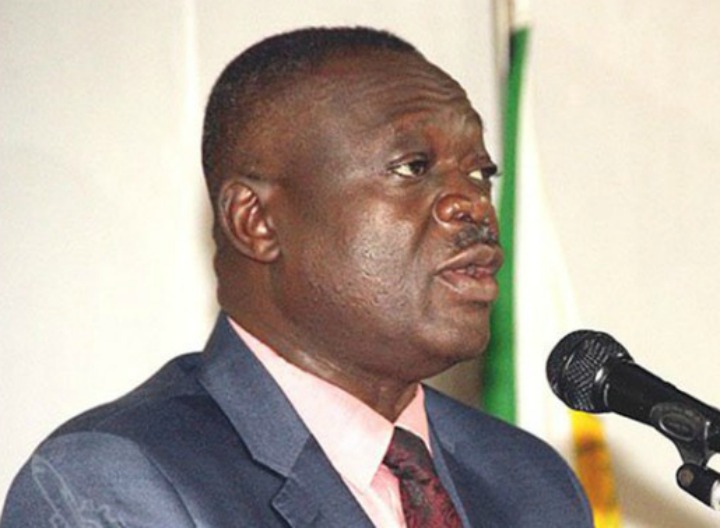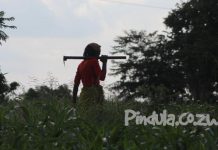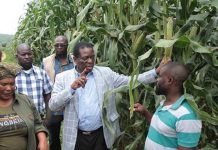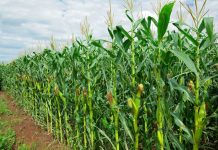AGRICULTURE Minister Perrance Shiri has admitted there was nothing to celebrate about Zimbabwe’s assumed farming successes when grain silos were empty with the country now forced to rely on maize imports to feed the nation.
The minister was speaking at President Emmerson Mnangagwa’s Kwekwe Farm last week where the Head of State was hosting a field day.
Shiri had to reprimand Seedco Managing Director Dennis Zaranyika who had made a contribution congratulating Mnangagwa, the First Lady and the Agricultural Ministry for being beacons of light in the agricultural sector.
In his speech, Zaranyika had told guests: “We have to congratulate Baba na Amai (Mnangagwa and his wife Auxilia) for hosting this successful field day by showing the meaning of successful agriculture.
“I would also want to congratulate the agricultural ministry for the efforts they are taking in agricultural initiatives in the country.”
However, Shiri felt the praises were unnecessary as Zimbabwe was going through one of its worst famines since independence in 1980 with over 8.8 million Zimbabweans – more than half of the country’s population – in need of food aid.
“The Minister of Agriculture and his Ministry are yet to get any plaudits. The country is still begging for grain from outside countries. The silos are yet to be filled, whilst countries such as Zambia are looking down upon us telling us that we must enter into contracts with them so that they can come and farm for us,” Shiri said.
However, Shiri while admitting that the country’s agriculture was facing challenges, said Zimbabwe had the potential to rise from the ashes.
“We are sitting on vast potential as a country. Agriculture has the potential to turn around the fortunes of our economy,” he said.
Speaking at the same event, Defence Minister Oppah Muchinguri said agricultural turnaround was the country’s top priority.
“Agriculture and food security remain top priority for the Zimbabwean government. It is critical for the attainment of household and national food security as well as supporting livelihoods of the rural population.






